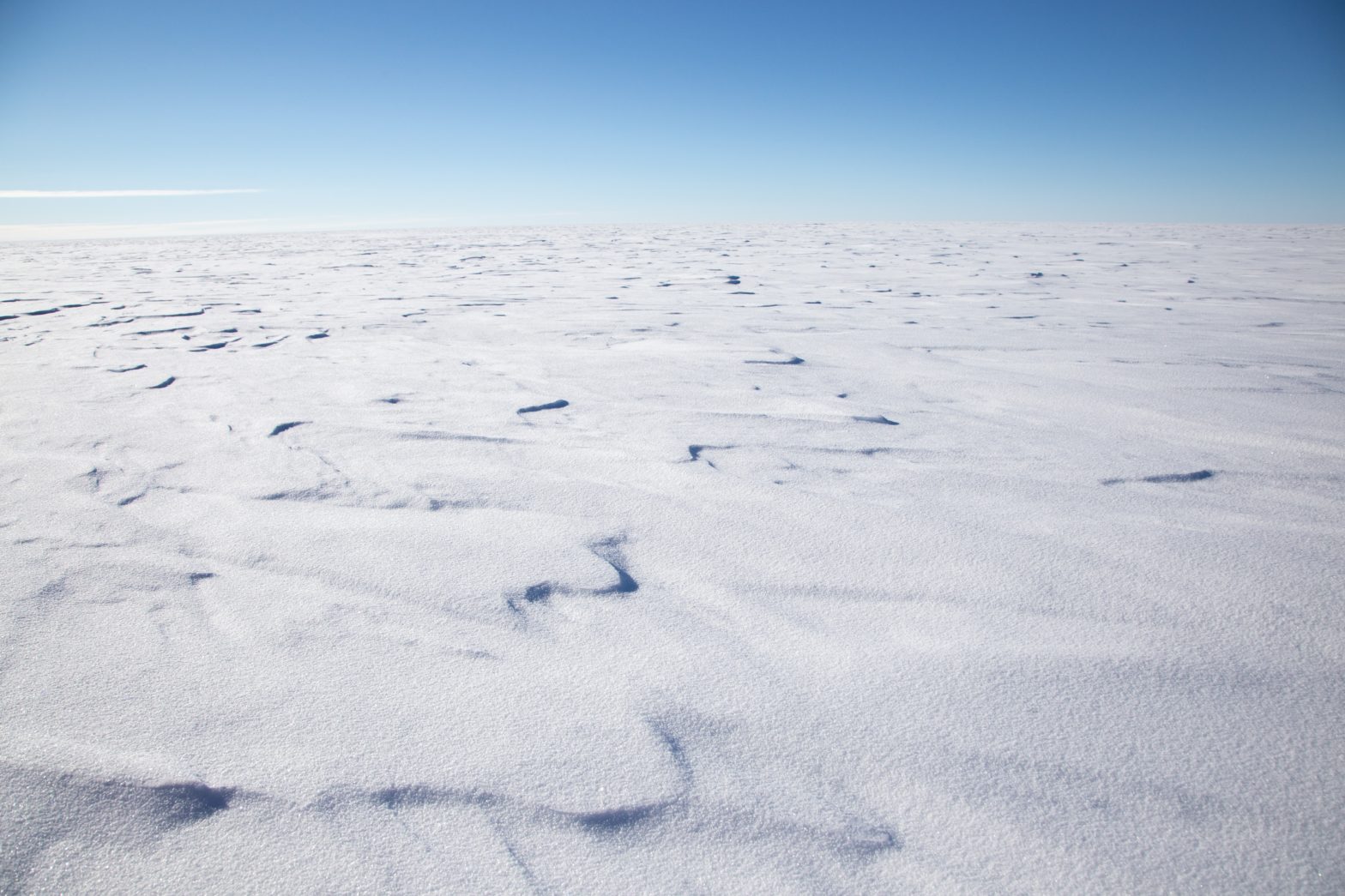From the summer droughts in Texas to the floods in Pakistan, climate change continues to be a problem around the world.
CNN reports that the Thwaites Glacier in Antarctica (also called the “Doomsday” glacier) is tottering on collapse. It is, according to experts, “holding on by its fingernails.”
To give an idea of the size of this glacier, it’s larger than Florida and among the largest on the planet.
When it does collapse (it’s likely “when” rather than “if” at this point), it “could raise sea levels by several feet.”
CNN notes “it’s just a fraction of the West Antarctic ice sheet, which holds enough ice to raise sea levels by up to 16 feet, according to NASA.”
Scientists state that the base of the glacier is rapidly eroding as the planet heats up.
CNN notes that in their studies of the Doomsday glacier, “scientists found that at some point in the past two centuries, the base of the glacier dislodged from the seabed and retreated at a rate of 1.3 miles per year. That’s twice the rate that scientists have observed in the past decade or so.”
Moreover, scientists back in the 1970s worried about the impending collapse of the glacier. They noted “that since the glacier is grounded to a seabed, rather than to dry land, warm ocean currents could melt the glacier from underneath, causing it to destabilize from below.” Their predictions are coming to fruition.
Robert Larter, a marine geophysicist said, “we should expect to see big changes over small timescales in the future — even from one year to the next — once the glacier retreats beyond a shallow ridge in its bed.”
How soon could this disaster happen? 10 years from now? Half a century? No. According to CNN, “a study showed the Thwaites Ice Shelf, which helps to stabilize the glacier and hold the ice back from flowing freely into the ocean, could shatter within five years.”
